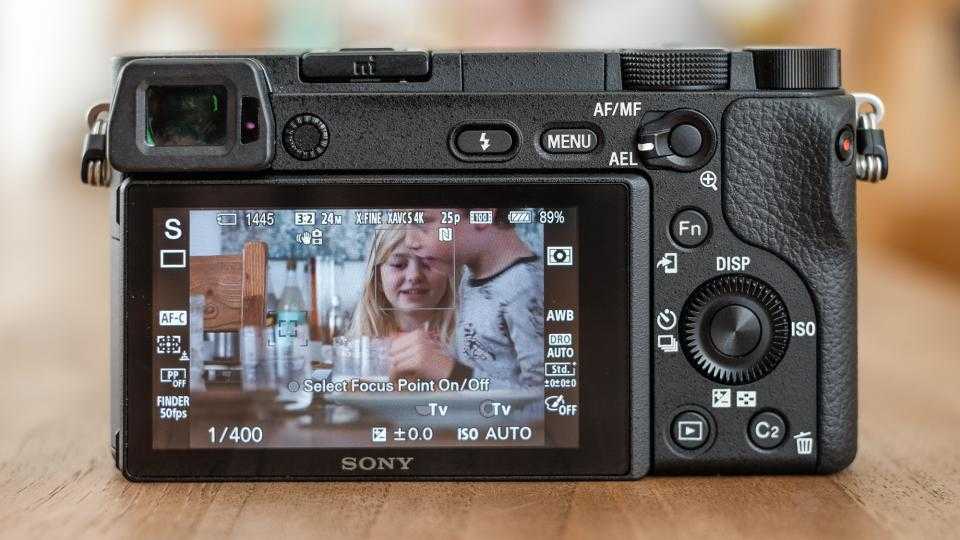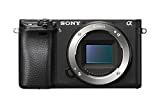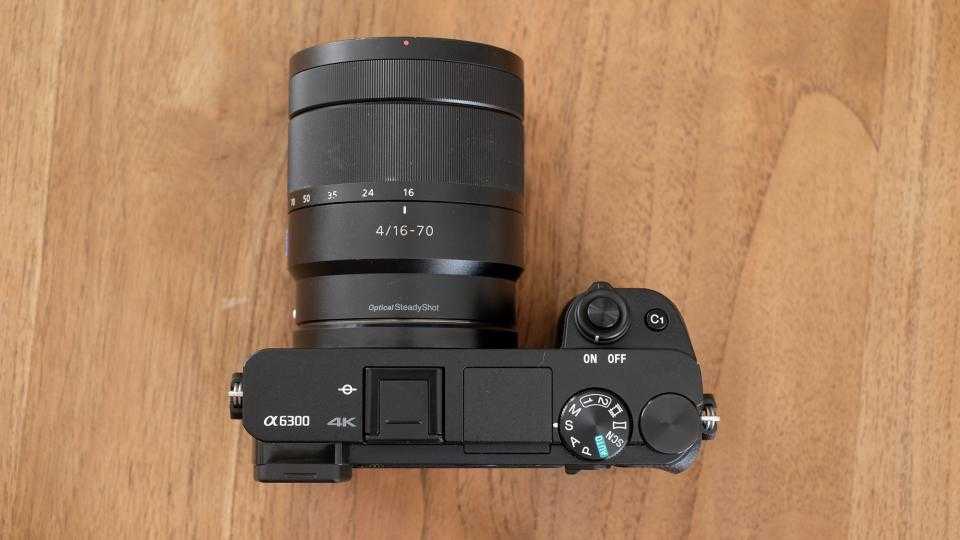The a6300 is Sony’s latest and greatest compact system camera (CSC), and an update to the Sony a6000 . Back in 2014 I wrote that the a6000 “hits a home run for quality, performance, features and price”, so the a6300 has big boots to fill.
There are quite a few similarities. They both use a 24-megapixel APS-C sensor - the same size that’s found in consumer SLRs - and they’re virtually identical to look at, too, with a slim, rangefinder-style design that’s common to all Sony CSCs. There’s just enough room for an electronic viewfinder, flash hotshoe, integrated flash, mode dial and command dial along the top plate.
Power, shutter release and a custom button are mounted on top of the handgrip, which is big enough for a secure fit in the hand. The rear is home to a tilting 3in screen, a wheel and a small collection of buttons. All of this matches the a6000, but with two years of development and a price that’s around £400 more than the a6000 cost at launch, the a6300 needs to do a lot more to justify its existence.

The big news is an upgraded autofocus system with 425 phase-detect points on the main imaging sensor. It’s hard to quantify the performance of an autofocus system in absolute terms as there are so many variables, but on balance I’d say this is as good as I’ve seen from a CSC.

Subject tracking was extremely responsive, and the 9fps burst mode with continuous autofocus produced a decent proportion of pixel-sharp shots when shooting moving subjects. Best of all, this 9fps mode includes a live view stream with minimal blackout for each frame. The experience was much closer to shooting with a professional-grade SLR than most CSCs manage.
There’s a decent-sized buffer, allowing 48 JPEGs or 23 RAW frames to be captured before continuous shooting slowed down. Shooting in the single drive mode wasn’t so impressive, averaging 0.7 seconds between shots.
This sensor has a higher maximum ISO speed, up from the a6000's 25600 to 51200. This is only useful if the sensor has the noise performance to back it up, but in this instance the a6300 delivers the goods. JPEGs at ISO 1600 and above exhibited cleaner, sharper fine details than the a6000, particularly in subtle textures such as hair and skin. In fact, the a6300 wasn’t far behind the full frame Sony a7R II for noise levels, although the a7R II established a clear lead at ISO 12800 and above.

The other significant advance is the introduction of 4K video. It may be a while before we’re all using 4K TVs, but it makes sense to shoot at this resolution now. Footage will stand the test of time better, and 4K footage invariably looks sharper than 1080p even when scaled down to fit a 1080p screen.
The a6300’s 4K footage looked excellent, with precise details and little evidence of noise at ISO 3200. 4K videos also had a pleasingly neutral colour palette that's a good starting point for colour grading in editing software. Autofocus was decisive, too, thanks no doubt in part to the phase-detect autofocus points.
However, the lack of a touchscreen is a baffling omission. It's an extremely useful feature for moving the autofocus point when taking photos, and the only practical way to do so while recording videos. Some videographers will prefer to focus manually, but it seems daft not to allow touchscreen-controlled autofocus as an option.
Buy now from John Lewis & Partners
The 3in LCD screen has a widescreen aspect ratio that suits video better than photo capture. However, as with other recent Sony CSCs, it was too dim to use outdoors. A Sunny Weather setting significantly boosted the screen's brightness to help resolve the problem, but for some reason this Sunny Weather setting is bypassed when recording 4K video. Perhaps colour accuracy is better without it, but that's little comfort if you can barely see the picture at all when shooting outside.
A microphone socket is included — a feature that was noticeably absent from the a6000 — but it’s not a huge amount of use as there’s no headphone socket for monitoring. It's also frustrating that memory cards must be reformatted in order to switch between NTSC and PAL frame rates. Admittedly, it's not a setting that gets changed often, but it'd be pretty annoying to have to choose between shooting at the wrong frame rate or deleting all your existing photos and videos.

